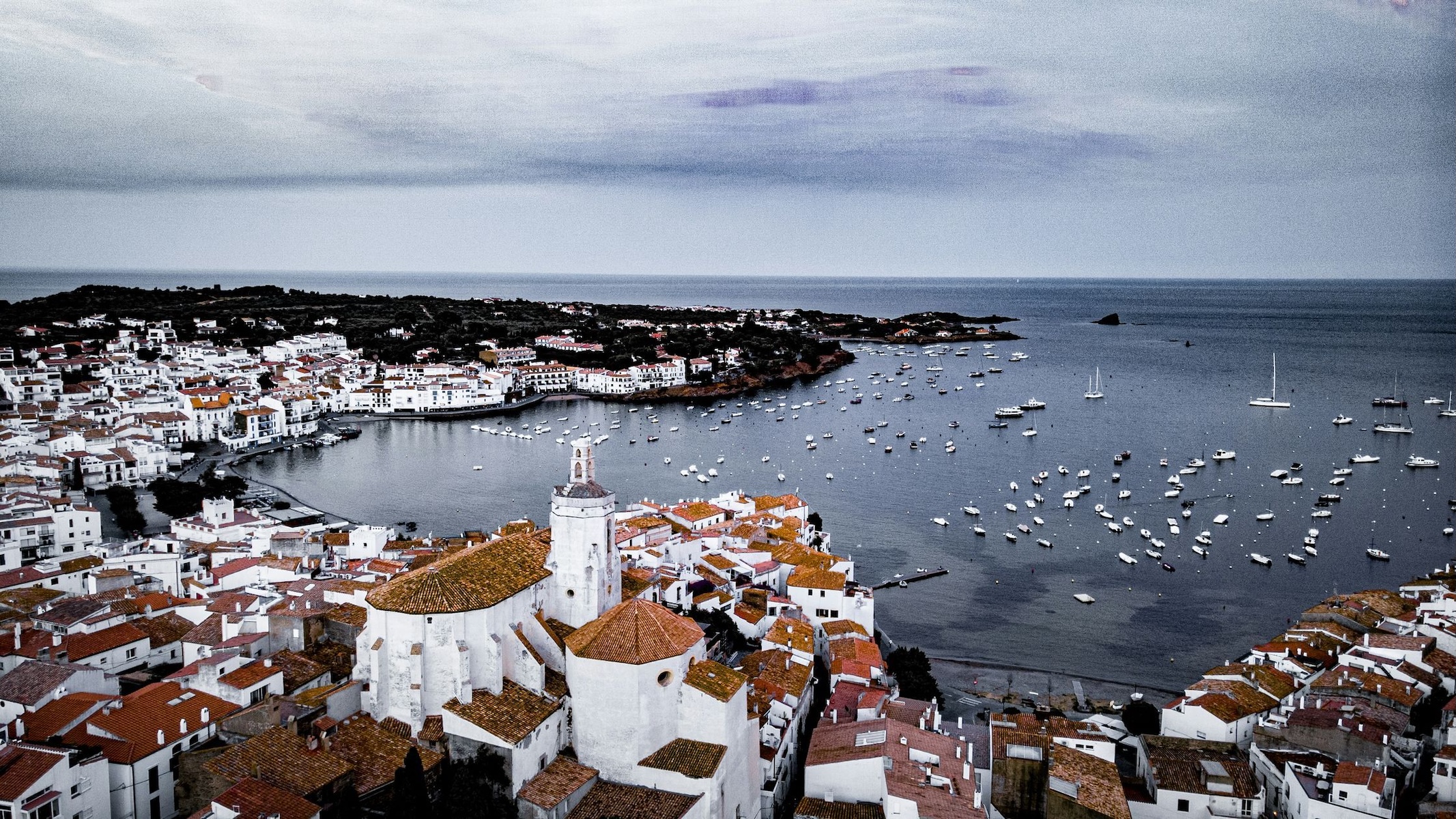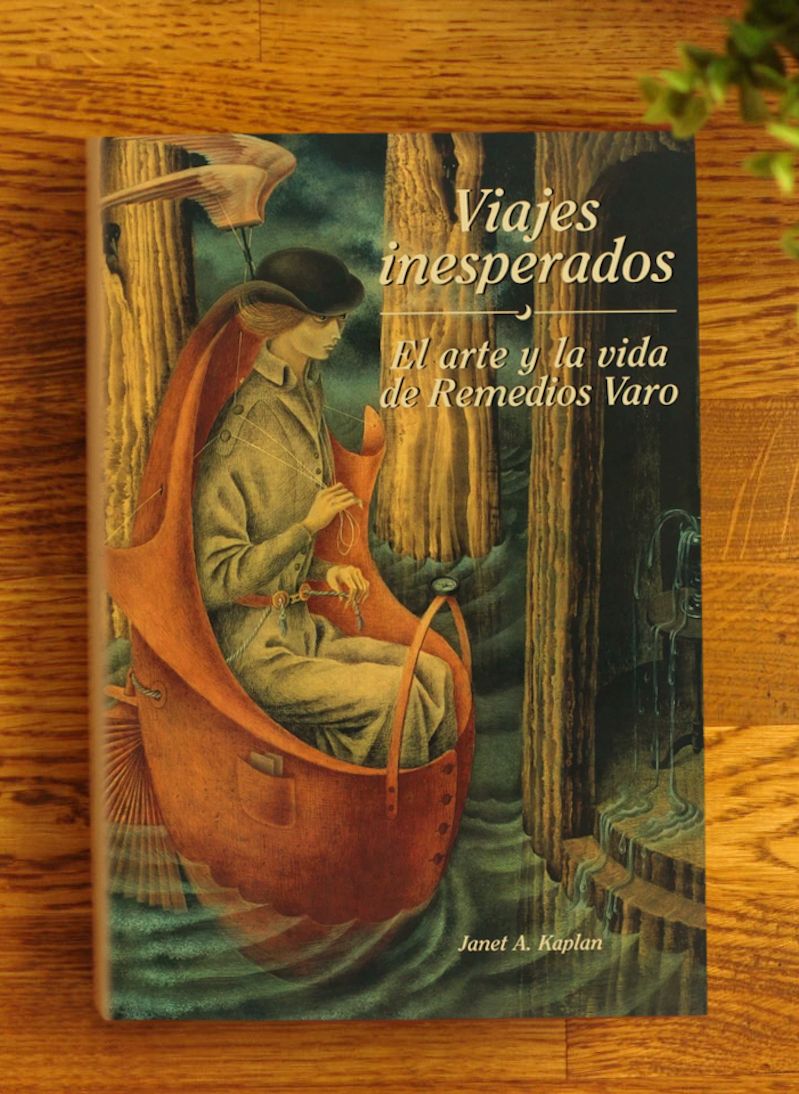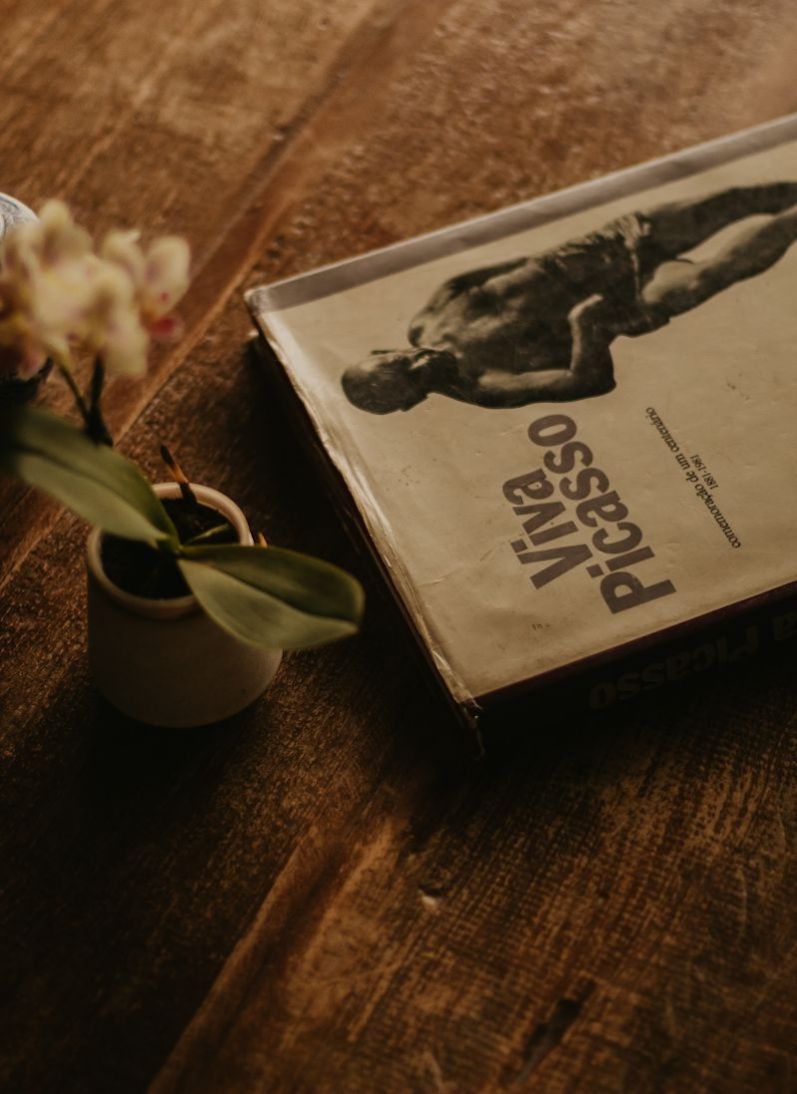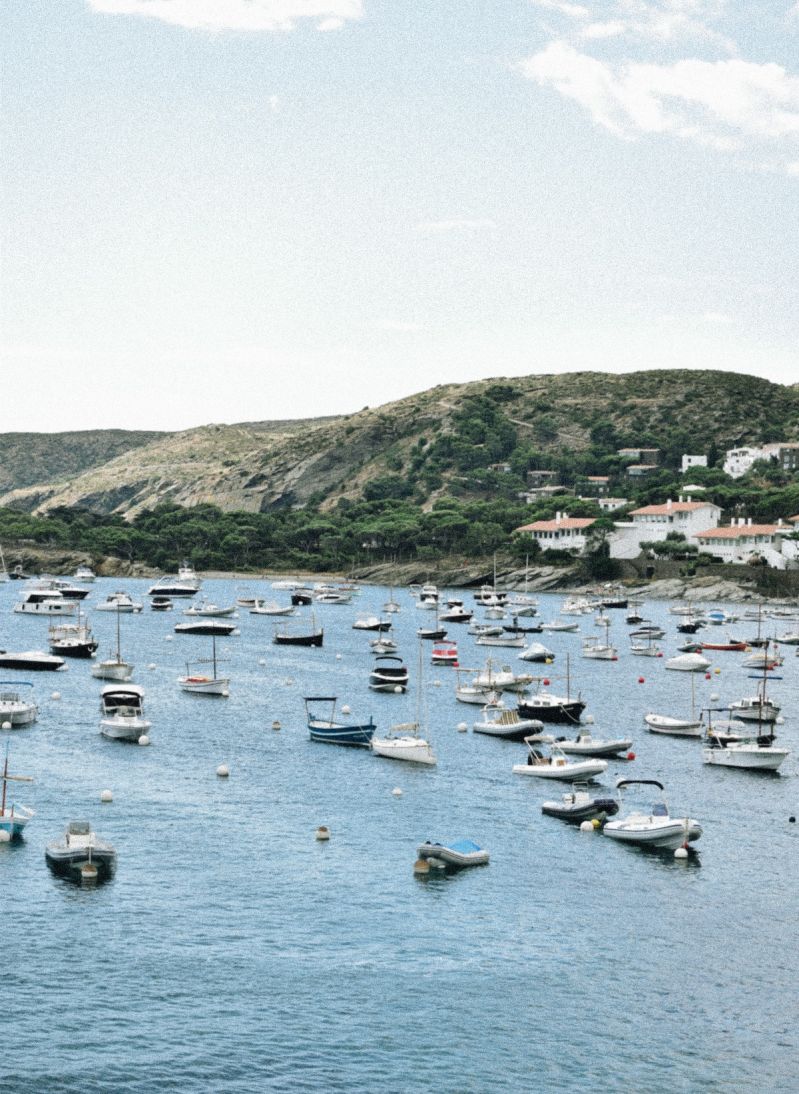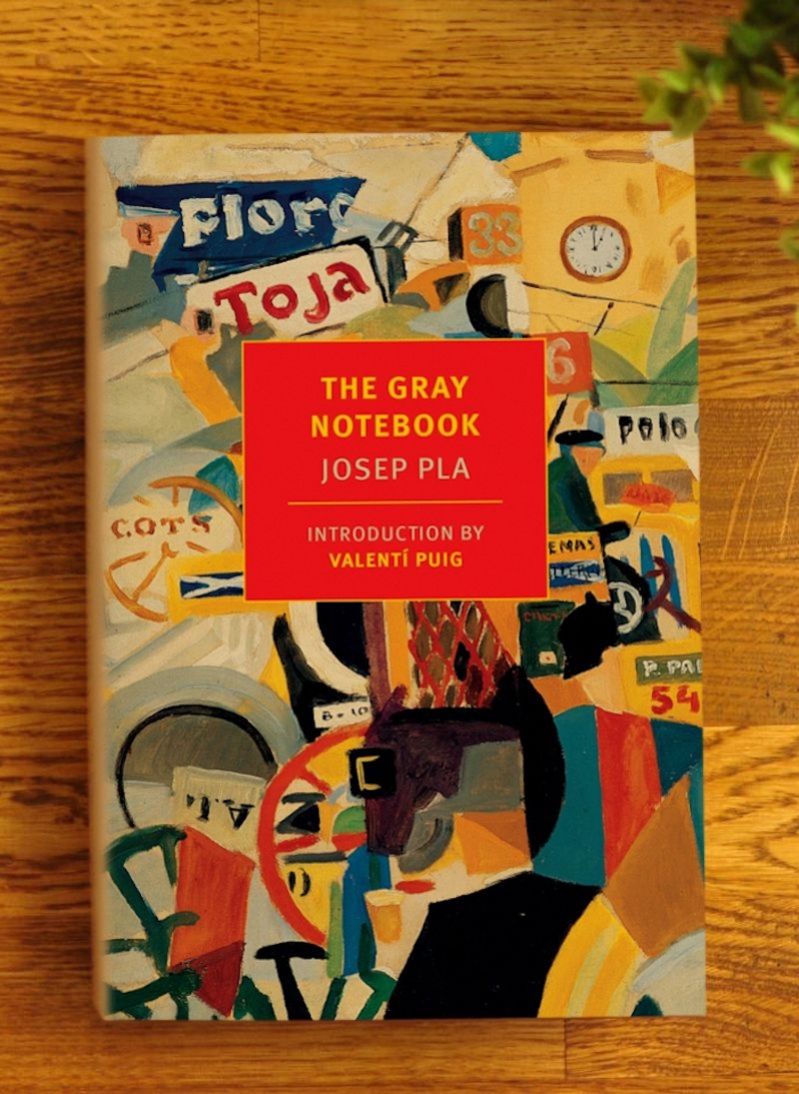JOIN the AFICIONADOS
Get the insider news and lowdown on what we've been up to, where we've been, and who we've met along the way. Be the first to discover new places and get the scoop on our favourites.
It should come as no surprise that the Catalan region of L’Empordà / Ampurdán is not just a beauty spot of wild beaches, medieval hamlets and fishing villages but as an enclave that fed the creativity of homegrown talents of Dalí and Remedios Varo, but was revered by writers, fellow artists and even Hollywood - whi perhaps put this corner of Spain in the map as the Hamptons of Barcelona. Thankfully sparred the mass tourism of Costa Brava for years, Empordà seems to have stayed under the radar - and perhaps this is why a particular kind of creative dreamer was drawn here - and today continues to attract those seeking off-grid time, heritage, boundless culture and the picture-perfect Mediterranean coastline.
Sometimes it takes the gaze of an outsider to shed fresh light and it was Hollywood that did so, when Ava Gardner came here to film Pandora and the Flying Dutchman in Tossa de Mar. Word spread and it was soon after that American novelist and journalist and writer of Breakfast at Tiffany’s Truman Capote found the bourgeoisie charm of Cala Sanià near Palamós to be the perfect accompaniment to his literary achievements and he dashed off In Cold Blood here. Perhaps he was inspired by Josep Pla, one of Catalonia’s most compelling writers of the area’s landscapes, seeking to portray the topography and way of life alongside the people that inhabited it, producing, among many others, his diary of the area named The Gray Notebook. Today, visit the foundation dedicated to him in his hometown, Palafrugell.
The picture-perfect coastal village of Llafranc was also a magnet for writers like Wilt author Thom Sharpe, who lived there for some 20 years. Further inland, surrounded by lush evergreen forests, is the small hamlet of Romanyà de la Selva where, Calalán's most famous Mercé Rodoreda spent many years there, famed for her books Viatges i flors (Travels and Flowers) and Quanta, quanta guerra...(So Much War).
Where the land meets the coast on the Costa Brava and before tourism proper came to these parts, artists were drawn to the mesmerising way that light hit the white-washed villages, sea and shore, creating the perfect fodder for artists such as Picasso, Miro and Duchamp, who loved to capture the refraction of light on water. Picasso, in particular, loved to draw the boats set against the white-washed fishing village employing his mastery of cubism to fragment the shapes. Catalan painter and sculptor Joan Miró spent time here finding inspiration for his abstracted work. Catalonia-born Surrealist painter Remedios Varo was also born in Anglès in 1908, the daughter of a free-thinking father and engineer, she acquired early the skills of precision, drawing and abstraction and went on to become a celebrated surrealist female artist famed for her fascination with alchemy, pseudoscience and theosophy. The most notable claim to the area has to be Salvador Dalí – the bizarre rock formations and untamed landscapes inspiring his famous Surrealist paintings.
Next time you find yourself in neighbouring France or in Barcelona - pop along to L’Empordà and feel the creativity drift on the breeze, and take in the slow-time rhythms of this thankfully hush coordinate in Spain.
